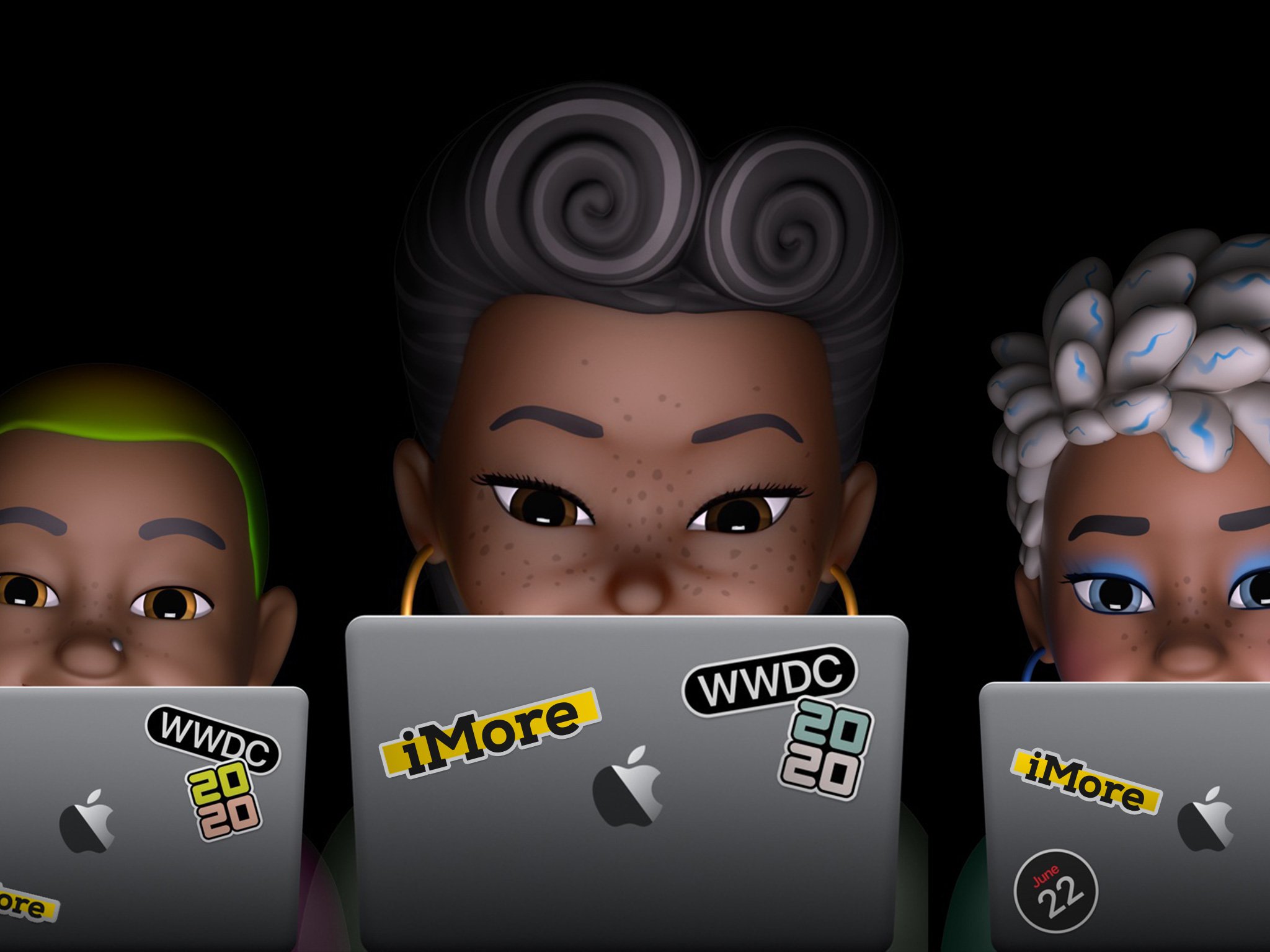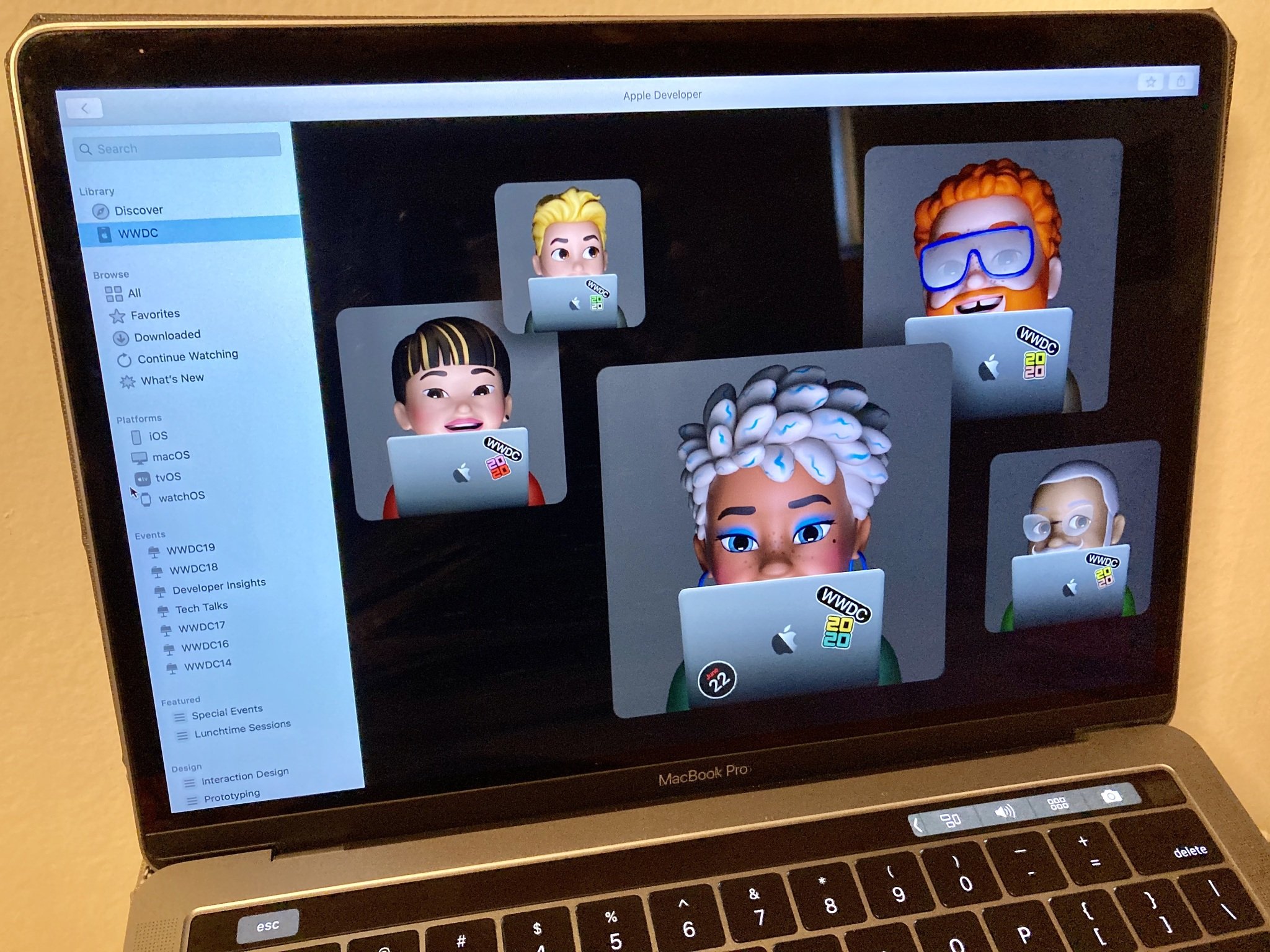
Though WWDC 2020 is being held entirely online, it hasn't stopped Apple from providing a heck of a show for us. Every year, Apple follows up its first-day keynote address with a more detailed Platforms State of the Union address for developers, where presenters go deeper into details about everything announced earlier. There's a lot to unpack, so let's get started.
Apple Silicon on Mac transition
Redefining silicon on the Mac will allow Apple to integrate better with iPhone and iPad. Apple silicon allows Apple to focus on what's truly important on each devices. For example, iPhone needs maximum battery power performance, while iPad's focus is on the high-quality display and the Apple Watch's focus is on performance, battery, and features fit into a small package. Apple Silicon makes this possible.
Apple also notes that Apple silicon allows device changes to be executed to scale. Apple says it has shipped 2 billion chips across current devices.
Apple is building a family of SoCs designed specifically for Mac, Tailored to unique needs of the Mac. That means each Mac in the lineup will focus on different important features, like battery performance or power.
Macs running Intel are typically constrained by thermals, power consumption, or both. Apple silicon can help with that. Apple will build more performance within each Mac enclosure.
For the first time, Mac will have machine learning Neural Engine., which will help with running pro apps seamlessly and much faster.
This transition will give developers a common, scalable architecture across all devices.
Master your iPhone in minutes
iMore offers spot-on advice and guidance from our team of experts, with decades of Apple device experience to lean on. Learn more with iMore!
When running iPhone and iPad apps on Macs with Apple silicon is pretty similar to running Catalyst apps (but without the customization additions). Unmodified apps will be available in the Mac App Store after Macs running Apple silicon are available.
iOS apps get a menu bar to allow you to access preferences and more. Apps use clicking instead of tapping to move around. Windows are resizable and can even be positions in full-screen mode. You can move and App to your desktop and even rename the desktop icon. Apps support Dark and Light mode. iOS and iPadOS built apps include Share sheets, like they do on iPhone and iPad.
Unity will release developer tools for Apple silicon next month, plus tools later this year to allow developers to create universal apps for Intel and Apple Silicon.
Rosetta 2 will provide tools to help developers by creating a built-in translator for apps currently built for Intel. If developers don't have their apps translated to Apple silicon by the time the first Macs launch, Rosetta will be that bridge.
Apple wants developers to be able to quickly transition to Apple silicon, which is why it is offering the QuickStart Program Kit.
Find out more about the Apple silicon transition for Mac
macOS Big Sur
The entire design of macOS is being overhauled with a new look that is more familiar to iOS and iPadOS. Edges are rounded, pop-out windows float while the background dims, and document icons have been redesigned. Toolbar and sidebars have a new look with SF symbols and new options for accent colors.
Notification Center has been redesigned to look more like iOS and iPad OS with individual windows with rounded edges.
Notably, Mac is getting Control Center with quick access to screen brightness, volume controls, and more.
Find out more about macOS Big Sur
iPadOS 14
One of the big new features coming to iPadOS 14 is all about sidebars, which provide a static menu alongside the existing view of an app.
Sidebars on iPad OS can expand to 3 column layouts to give you a stationary sidebar alongside other menus you already have (like the Mail app on Mac) and can work in landscape or portrait mode.
There are also new Inline styles that allow you to use date pickers, color pickers, and emoji pickers. Context menus allow you to organize interactions with different features. All of this gives developers the opportunity to provide deeper functionality in an easy-to-find way.
ARKit offers scene geometry and a new Depth API to create depth maps in an area. Objects can be placed in front or behind objects. People can walk into an AR environment and the AR object will appear behind the person.
WIth Handwriting on Apple Pencil can work with third-party apps. Writing with pencil works with any standard text field. Text fields support Scribble for automatic detection and transition to text.
Drag-to-select lets you tap and drag a cursor across handwritten notes to copy it, change the color, and more.
Stroke API for PencilKit lets developers take advantage of handwriting recognition in their apps.
iOS 14
Widgets are completely redesigned and come in 3 sizes and are data rich. For the first time, they're now available on the Home screen.
Widgets are written in Swift UI, so you can share them across iPhone and iPad easily. Apple added a new method of reading a widget that uses less power in order to be used on the Home screen. The widget can offer simple information without the full app needing to run in the background. Stacks allow users to switch between different widget options in the same widget spot.
There is a widget gallery that users access to customize and add to the Home screen. The stack can intelligently rotate to show you the most important information at a given time (like a calendar event appearing first in the stack when the event is happening soon).
App Clips are a small bit of an app so users can get what they need from the app without having to open the entire app if they don't want to. App Clips can use Apple Pay, so users don't even need to sign up for a new account.
App Clips can be opened by third-party apps. They can offer notifications, and even location information so you can check out an app without installing it on your iPhone first.
With Apple's Privacy updates, developers will provide detailed information about how they use your data right on the App Store summary page.
watchOS 7
With watch face sharing in watchOS 7, you can create a specific watch face with complications and share it in a text message to others. If the receiver doesn't already have the app with the complication, they will be offered a link to the app
Customizable complications allow developers to create a watch face complication that has deeper options to help users get just the information they want on their Apple Watch screen.
Xcode 12
Xcode has been redesigned with a cleaner look and simple clean layout for easy use. There is now a slide-out sidebar that lets developers go into full-screen mode but still access menus.
New Swift UI template codes allow developers to create apps across all Apple platforms with reusable functions.
Performance tests allow developers to test out performance much easier, including "StoreKit" testing so they can see how the app purchase works and test out potential glitches.
Swift UI previews allow developers to test copies of previews with different interfaces (like Dark and Light mode) live while they are making changes to the code.
Swift and Swift UI
With Swift and Swift UI, Apple is prioritizing source stability in order to ensure that any major changes that are made in the future will be solid and powerful and ready for the near future, including big changes to iOS, iPadOS, and macOS.
More to come
Apple will be holding sessions all week long with even more details on the features coming this fall to iPhone, iPad, Apple Watch, Mac, and Apple TV. Bookmark our WWDC 2020 page to stay up to date on everything that happens all week long.

○ Everything about WWDC 2020
○ WWDC 2020 remote lineup
○ Download the Apple Developer app
○ iOS/iPadOS 14
○ macOS 10.16
○ watchOS 7
○ tvOS 14
○ Discussion forums
Lory is a renaissance woman, writing news, reviews, and how-to guides for iMore. She also fancies herself a bit of a rock star in her town and spends too much time reading comic books. If she's not typing away at her keyboard, you can probably find her at Disneyland or watching Star Wars (or both).

